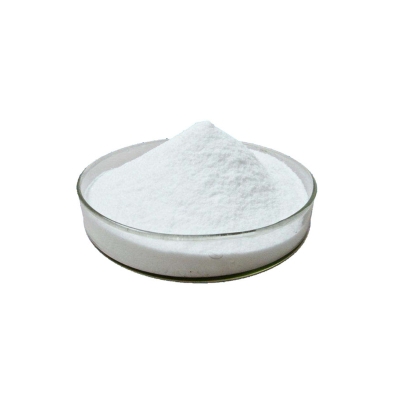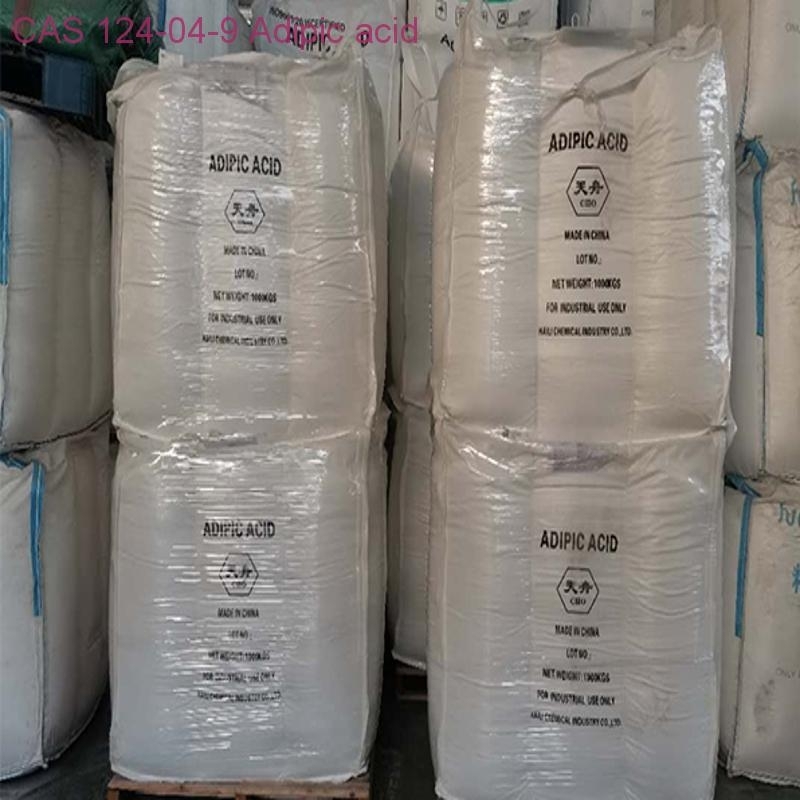-
Categories
-
Pharmaceutical Intermediates
-
Active Pharmaceutical Ingredients
-
Food Additives
- Industrial Coatings
- Agrochemicals
- Dyes and Pigments
- Surfactant
- Flavors and Fragrances
- Chemical Reagents
- Catalyst and Auxiliary
- Natural Products
- Inorganic Chemistry
-
Organic Chemistry
-
Biochemical Engineering
- Analytical Chemistry
-
Cosmetic Ingredient
- Water Treatment Chemical
-
Pharmaceutical Intermediates
Promotion
ECHEMI Mall
Wholesale
Weekly Price
Exhibition
News
-
Trade Service
According to a new study by researchers at the University of Toronto, interrupting long periods of sitting with "snacks" of regular activity may help preserve muscle mass and mass
.
Daniel Moore, an associate professor of muscle physiology in the College of Kinesiology and Physical Education (KPE), who led the study, found that short periods of exercise, such as a two-minute walk or squats with a sit-to-stand weight, allow the body to use more amino acids from the diet to produce muscle protein
.
The study was recently published in the Journal of
Applied Physiology.
Moore, who heads the KPE Iovate/Metabolic and Exercise Science Laboratory for Muscle Technology, said: "We know that prolonged sitting impairs the body's ability to
filter sugar from the bloodstream after a meal.
"
"However, breaking this sedentary state through short periods of activity, such as two minutes of moderate-intensity walking or 15 take-up and descent from a chair (i.
e.
body weight squats), can improve the way
our bodies remove sugar from food.
"
In this example, the researchers wanted to understand whether breaking down long periods of sitting (which is common in many workplaces) increases our muscles' ability to use amino acids, the building blocks of protein in food, to help them repair or replace old or damaged proteins
.
"This is essential
to ensure that the body has an adequate quantity and quality of muscle.
" Moore said he co-authored the study
with KPE's Eric Williamson (recent PhD candidate), Nathan Hodson (postdoctoral researcher), Stephanie Estafanos (PhD student), Michael Mazura (PhD candidate), Jenna Gillen (assistant professor of exercise physiology), and Dinesh Kumbai (Toronto Rehabilitation Institute, University Health Network scientist, associate professor at Temerty School of Medicine).
They conducted three trials on 12 people (seven male, five female), each lasting seven and a half hours
.
Participants were asked to sit for long periods of time, interrupted every 30 minutes by short walks or squats of their weight
.
This activity helps improve the efficiency of dietary amino acids used for muscle protein synthesis – the process of
repairing or replacing old or damaged proteins.
"This is important because prolonged periods of low muscle activity — sitting, wearing a cast or bed rest — are associated with a loss of muscle mass, which goes hand in hand with our inability to make new protein after a protein-containing meal, or because our muscles can't make new protein
," Moore said.
"Our findings highlight the importance of breaking long periods of
sitting with short, active snacks.
We believe they also emphasize that exercise after meals can make us more nutritious, allowing more dietary amino acids to be used
more efficiently from fewer meals or low-quality types of protein.
”
The research was supported
by institutions such as the Natural Sciences and Engineering Research Council of Canada and the American College of Sports Medicine.







